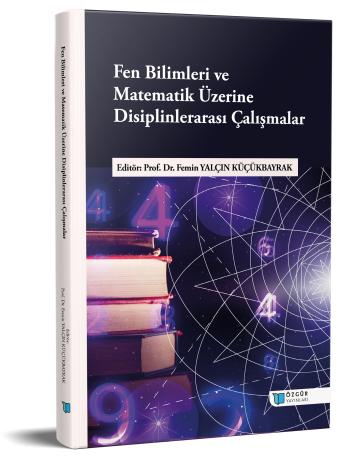
Application of Artificial Neural Networks in Adsorption-Based Wastewater Treatment: Modeling, Optimization, and Prediction
Şu kitabın bölümü:
Yalçın Küçükbayrak,
F.
(ed.)
2025.
Fen Bilimleri ve Matematik Üzerine Disiplinlerarası Çalışmalar.
Özet
Due to industrialization and population growth, pollution observed in water resources increases the need for effective and sustainable treatment technologies day by day. Particularly, the dyes used in industries such as textiles, leather and medicine have serious risks in terms of environment and human health with toxic and permanent properties in the wastewater environment. In this context, adsorption methods; It is widely preferred thanks to their low cost, high applicability and environmentally friendly. In adsorption processes, interest in agricultural and industrial waste -based natural adsorbans has increased as an alternative to traditional active carbons.
However, the fact that adsorption depends on a large number of parameters makes it difficult to model these processes by classical methods. For this reason, artificial neural networks (ANN), which are among the calculating intelligence techniques, stand out as an important alternative thanks to their ability to model, generalize and make estimates with limited data. ANN provides successful results in issues such as estimation of adsorption efficiency, optimization of processing conditions and analysis of process performance.
In this section, the main principles of adsorption processes, isotherm and kinetic models used in detail are discussed in detail. In addition, ANN's structure, learning mechanism, environmental application examples and advantages are examined extensively. In the application studies in the literature, it has been seen that ANN models have high accuracy rates for the removal of various pollutants such as methylene blue and heavy metals.
As a result, ANN -supported modeling approaches allow the development of faster, economical and reliable treatment processes by supporting experimental studies. These systems, which are supported by deep learning and hybrid structures, open the door of sustainable and innovative solutions in the field of environmental engineering.

